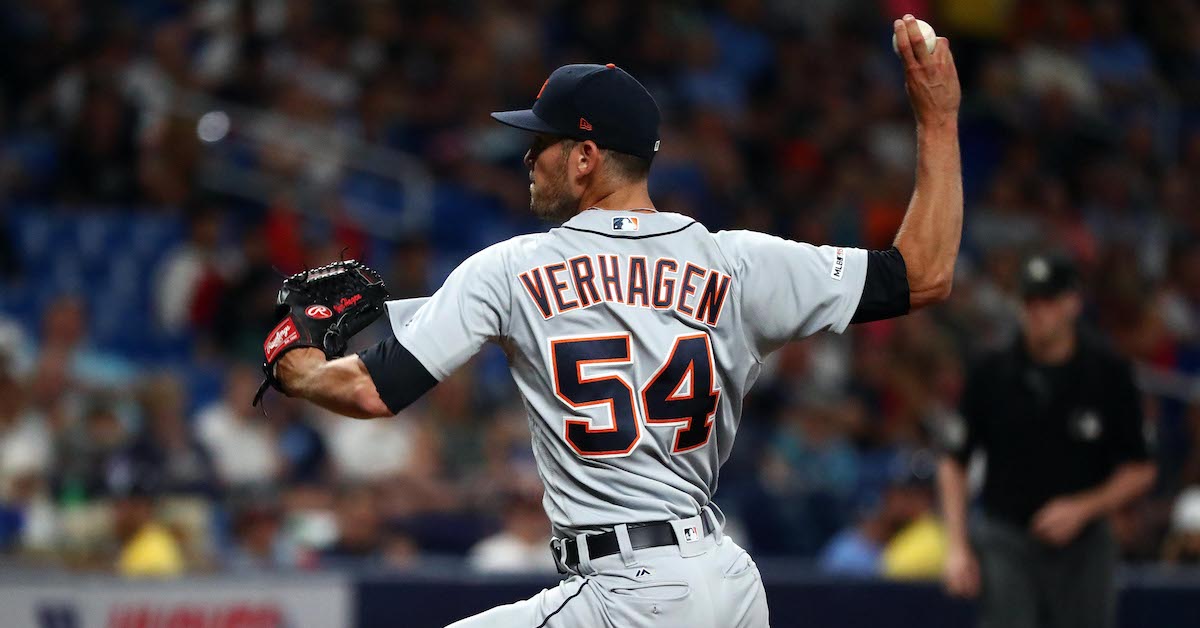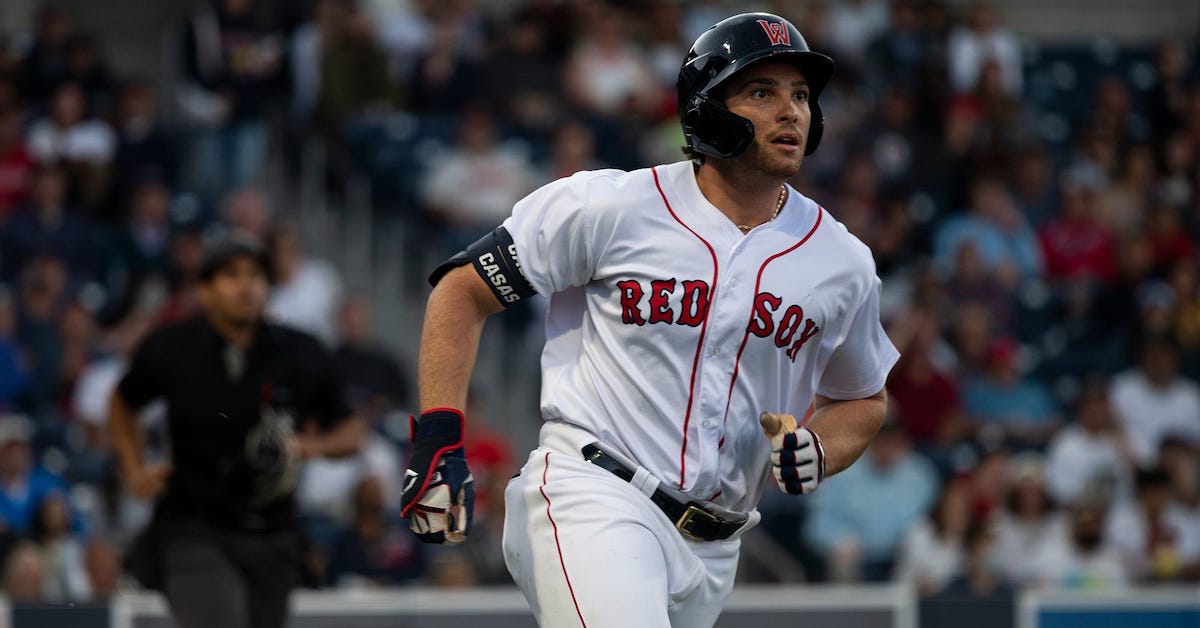Kershaw Returns to Los Angeles on One-Year Deal

On October 1, in the 160th game of the Los Angeles Dodgers’ 2021 season, Clayton Kershaw faced 10 Milwaukee Brewers batters and recorded just five outs. He didn’t look right, and it would soon be revealed that he was experiencing left forearm discomfort. Three weeks later, the Dodgers watched from the dugout as the Atlanta Braves celebrated winning the National League pennant. It marked the conclusion of a disappointing postseason run that did not feature an appearance from Los Angeles’ rotation stalwart.
The public speculation about his future began. Was that the last time we would see Kershaw in Dodger blue? Would the proud Texan and dedicated family man decide to spend the latter part of his career with his hometown Rangers? As it turns out, the answer to both of those questions was “no.” On Friday afternoon, the pitcher signed a one-year deal to return to the only team he’s ever known, per Ken Rosenthal of The Athletic. He’ll receive a base salary of $17 million, with incentives that could get him closer to the $20 million-plus AAV most projected for him. Read the rest of this entry »











